October / Ten Days That Shook the World (1927)
“Bread — peace — land — brotherhood!”
|
Synopsis: |
|
Genres, Themes, Actors, and Directors:
Response to Peary’s Review: … and “the bourgeoisie who thrive under Kerensky [shown as] decadent types… who treat the Bolsheviks contemptuously and… brutally”: Peary points out that the “film has several amazing sequences,” including “a dead horse (symbol of the Russian laborer)… lifted high into the air by the rising drawbridge it’s roped to”: … and “the lengthy, exciting storming of the Winter Palace by the Bolsheviks”: However, he notes that the film is “most known for Eisenstein’s startling use of montage to create rhythm, build tension, and express ideas.” Indeed, those interested in Soviet-era cinematic montage won’t want to miss this classic outing by a master of the craft — though it’s not must-see viewing for all film fanatics. Notable Performances, Qualities, and Moments: Must See? (Listed in 1001 Movies You Must See Before You Die) Links: |
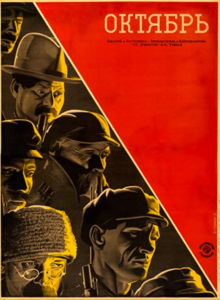
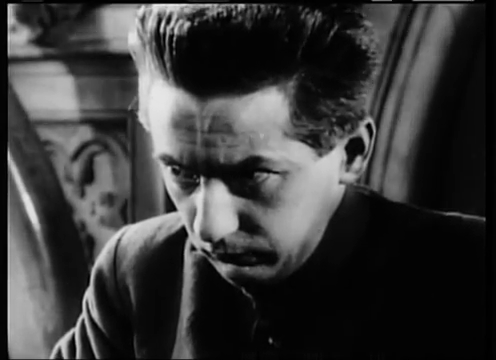
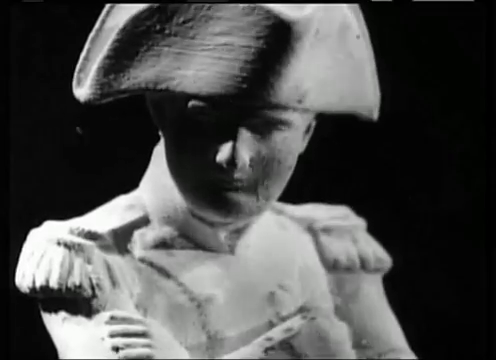
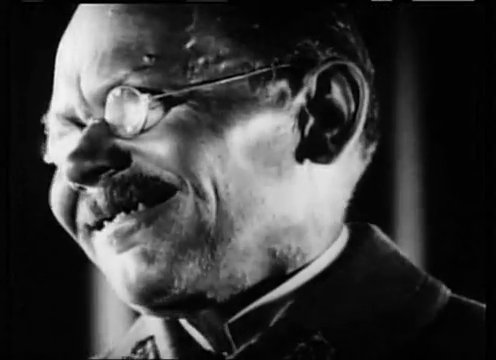

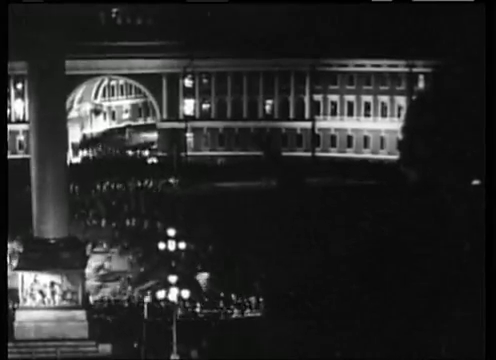
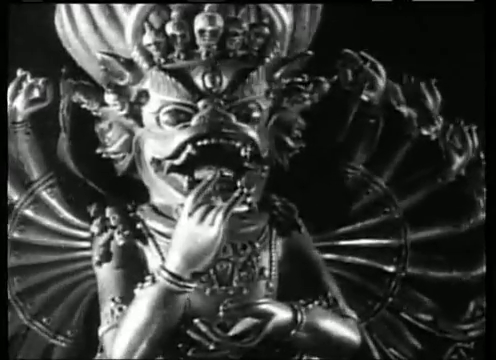

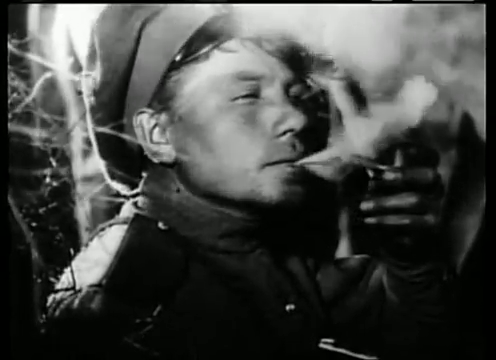
One thought on “October / Ten Days That Shook the World (1927)”
First viewing. Not must-see – and in agreement with the assessment given, but this is a particularly significant film in Soviet cinema history (and a generally exciting one to watch) and it’s recommended for one-time viewing (whether you have an interest in early Soviet cinema or not).